Give a Child Love, Laughter and Peace not AIDS
Have you ever heard about “medical apocalypse”? Do you know- what was one of the creepiest pathogens of the 21st century?
It’s HIV/AIDS.
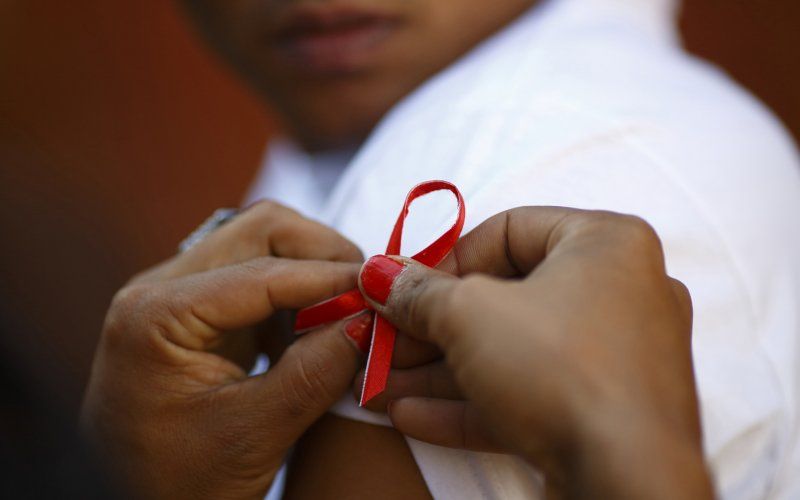
It’s true, Approximately 36.9 million people worldwide living with HIV/AIDS in 2017!
Earlier millions of people infected with HIV, it was once thought to result in “medical apocalypse”. Although, with the arrival of modern medicine-antiretroviral therapy (ART), it is now possible to control HIV.
HIV vs. AIDS: What’s the connection?
HIV infection and AIDS are not the same cases; similarly, they don’t have the same diagnosis. The body can fight back many viruses, but some of them can never be completely removed once they are present. HIV is one of them. Some people who use medication will never develop AIDS.
How is HIV different from AIDS?
HIV (human immunodeficiency virus)
A virus which continues attacks the body’s immune system, specifically the CD4 cells (T cells), which help the immune system fight off infections. Untreated, HIV reduces the number of CD4 cells (T cells) in the body, making the person more likely to get other life-threatening infections or infection-related cancers.
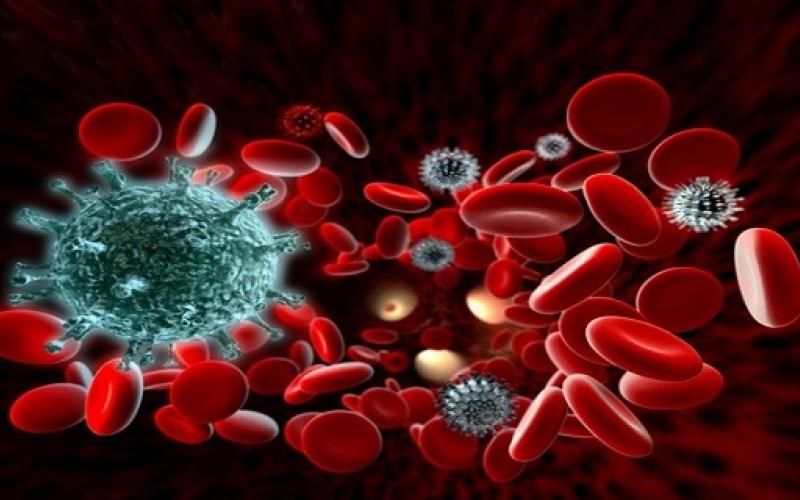
AIDS: Stage 3 of HIV infection
AIDS is a syndrome as well as the final stage (stage 3) of HIV infection that may develop in time in a person. Without any special medical treatment, AIDS typically develops between 2 and 15 years after contracting the HIV virus.
It’s True
A person can have HIV without developing AIDS, but it can’t possible to have AIDS without first having HIV.
The growth progress of virus depends on many factors, such as patient’s age, general health, genetic issues, the presence of other infections, and standard of health care.
What does undetectable mean? Is it harmful?
Don’t worry! Current treatment can reduce levels of the HIV virus to the range that levels of virus in the blood are too low to be significant. These levels are undetectable.
As long as, the virus is undetectable, it does not affect the person’s daily life, and it will not necessarily shorten their quality years. At this point, the virus is also untransmittable. It cannot be passed on to another person.
If a person seeks treatment in the early stages of infection and follows it throughout their life, they can usually expect to live as long as a person without HIV.
Causes of HIV and AIDS
HIV-1 is transmitted between humans through the exchange of bodily fluids such as - Breast milk, Sexual fluids (semen and vaginal fluid), Mucus from the vagina and anus, Blood.
On the other hand, Saliva, spit, urine and faeces are not infectious for HIV.
Transmission of HIV only can happen through:
-
Sexual contact: HIV can be transmitted from one person to another through condom-less oral, anal, or vaginal intercourse.
- Pregnancy or childbirth: A mother, who has the HIV virus as well as developed AIDS, the risk can be high if she’s not taking medicine. She can pass the virus to her child during pregnancy, childbirth, or even through breastfeeding.

- Blood transfusion: Nowadays, the risk of passing HIV is extremely low in developed countries because there are strict screening systems in Hospitals and blood banks.
- Syringe and needle use: Sharing needle for injecting drugs with others increases the chance of getting the virus.
Those who need to take special precautions include:
- Someone who deals with needles or injects medication or other drugs
- Health workers who deal with sharp needles.
- Through tattoos and piercings
Always Remember…
It is essential to follow a specific direction when using and disposing of needles and other sharp objects that may pierce the skin.
Symptoms of HIV
The symptoms of HIV differ widely. It depends on the individual, management of the virus, and the stage of the condition.
Stage 1 -Acute stage symptoms
In the first stage of HIV, 2 to 4 weeks after getting the virus, people suffer flu-like symptoms such as:
- aching muscles
- chills
- fatigue
- fever
- mouth ulcers
- night sweats
- rashes
- sore throat
- swollen lymph nodes
Be Aware! Not everyone with HIV will experience these symptoms. Most of the people do not experience symptoms for 10 years or more.
Stage 2- Clinical latency stage symptoms
During stage 2, the virus is active but reproduces at very low levels may be only mild symptoms or none at all. Medications reduce the levels of the virus so that they are undetectable, cannot be passed on, and have no impact on the person’s health.
Symptoms of AIDS
AIDS is different from HIV and has a specific diagnosis, although it is also considered the third and final stage of the virus.
Symptoms at this stage are related to the various other infections that may develop during other infections. They can differ greatly.
Some of the more common symptoms include:
- Blurred vision
- Chronic diarrhea
- Continuous swelling of the lymph glands
- Extreme fatigue
- Fever that keeps returning
- Neurological issues including memory loss
- Pneumonia
- Rapid weight loss
- Sores in the mouth, anus, or genitals
Diagnosis of HIV
People who get tested early have a lower risk of transmitting the virus to others. Blood tests or oral swab are the most common way to diagnose HIV. Unfortunately, it takes around 12 weeks to develop these antibodies.
The time taken for these antibodies to show up in blood can takes several weeks to several months.
Repeat testing may be necessary because appropriate treatment plan can be implemented to help stop further progression of the virus.
HIV prevention
Various steps can be taken to prevent contraction of HIV. These include:
- Pre-exposure prophylaxis (PrEP): This can prevent HIV from developing, even if a person is exposed to the virus.
- Post-exposure prophylaxis (PEP): This is an emergency treatment given to reduce the chances of HIV infection after exposure to the virus. Besides, PEP can reduce the risk of HIV infection by over 80 percent.
To be more effective, it should be taken within 72 hours of exposure, and the full 28-day course of treatment completed.
- Using condoms: Many infections, one of them is HIV, can be spread through unprotected sexual intercourse. Using condoms helps in making a barrier against many health problems.
- Taking steps during pregnancy: If HIV is present during pregnancy, medications can help in preventing the virus from affecting the child.
Additional steps include-
1) Opt Cesarean delivery and bottle feeding rather than breastfeeding in certain circumstances.
2) Through Effective pre-natal treatment, many women with HIV have healthy babies who do not have HIV.
3) Other precautions include thoroughly and regularly washing the skin after contact with bodily fluids.
4) It is also important to avoid exposure to other infections and to maintain a healthful lifestyle to support the immune system.
HIV infection can be diagnosed through a simple test
Blood or saliva test is the easiest way to detect those antibodies if the virus is present. It can take many weeks after transmission for the HIV antibody test to come back positive.
Note: It’s important to remember that HIV is a manageable disease that can be treated with HIV medicines.
Another test examines antidgens, which are proteins produced by the virus, and antibodies. This test can detect HIV just a few days after infection.
Both tests are accurate and easy to conduct.
AIDS diagnosis is more complicated
AIDS is the last stage of HIV infection; it destroys immune cells called CD4 cells. A person without HIV can have 500 to 1,200 CD4 cells. When the cells have dropped to 200, a person is considered to have stage 3 HIV.
If a person receives a CD4 cell count result of fewer than 200 cells/mm3 or is experiencing certain opportunistic infections, they will have a diagnosis of AIDS.
Treatment and life expectancy
No effective cure for AIDS currently exists, but with proper medical care, HIV can be controlled. Now, many people with stage 3 HIV live long lives or enjoy a good quality of life and unable to develop AIDS.
If HIV develops into stage 3 HIV, There’s no doubt life expectancy quite fall down or maybe expect to live for another 3 years. It’s difficult to fix damage to the immune system at this stage.
Generally, People with either HIV or AIDS use a combination of highly active antiretroviral therapy (HAART) drugs that help to slow the growth of the virus.
It’s also important to note that successful antiretroviral treatment is adjusted to suit each individual, and it needs to be taken for life and a continuous undetectable viral load greatly decreases the risk of transmitting the virus to a partner.
Do you know?
- In India, over 1 lakh children and adolescents aged 0-19 years were suffering from AIDS in 2017.
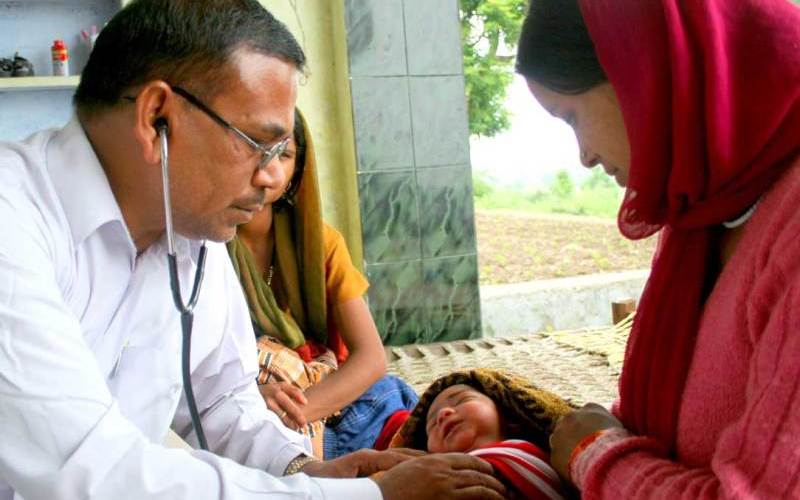
- On the other hand, In Pakistan 5,800, followed by Nepal (1,600) and Bangladesh (less than 1,000).
World AIDS Day
Every year On December 1, World AIDS Day is celebrated since 1988. It’s an opportunity for people to unite worldwide in the fight against HIV.
To show support for people living with HIV, raise awareness, educate and improve the understanding of HIV as a global public health problem. And to memorialize those who have died from an AIDS-related illness.
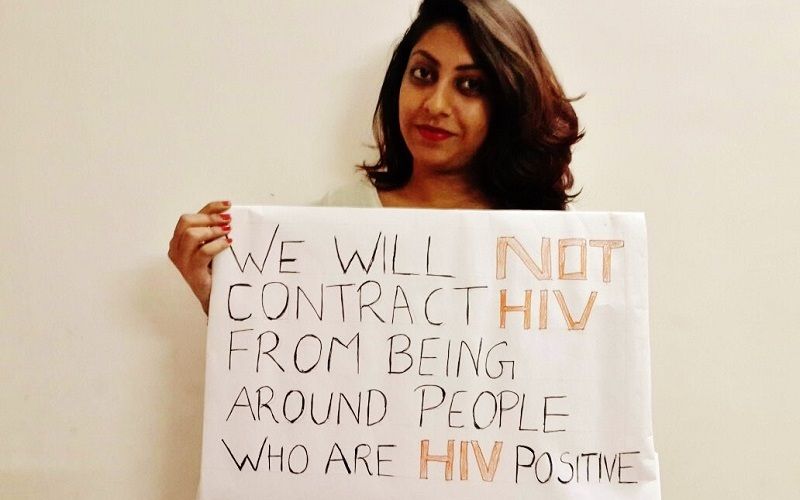
Red Ribbons on World AIDS Day
Wearing a red ribbon is the best way to raise awareness about AIDS and convince people to not differentiate people living with HIV.
At this day, People all over the world wear Red Ribbons showing their unity with the people living with HIV infection. It acts as a symbol of awareness and support. Many People also sell red ribbons in order to raise funds to provide support to the people who are battling with the disease.
It also acts as a tribute to the people who lost their lives fighting with this disease. The red ribbon is a visual symbol to demonstrate sympathy for people living with HIV and their caregiver.
The red ribbon can be freely used all over the world to raise awareness as this is not a copyrighted image.
Conclusion
The secret of HIV is a heavy burden to bear. It is important to get an HIV test as part of regular sexual health testing. People cannot transmit AIDS, but they can transmit HIV easily. There are many treatments available to prevent HIV from progressing to AIDS.
Even if you don’t consider your HIV to be a secret, it is still something you want to be treated with respect by others. By eliminating myths about HIV and AIDS, more people can seek diagnosis and treatment earlier and lead long, healthy lives.
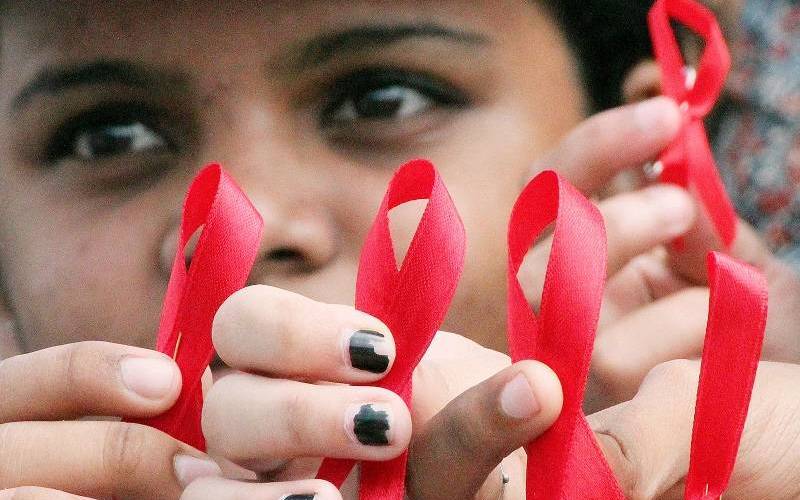
Advance HIV medications have made the condition manageable with regular treatment. The ambition of a preventive HIV vaccine is bringing researchers closer to eradicating HIV worldwide.







